Solway Viaduct
Solway Viaduct
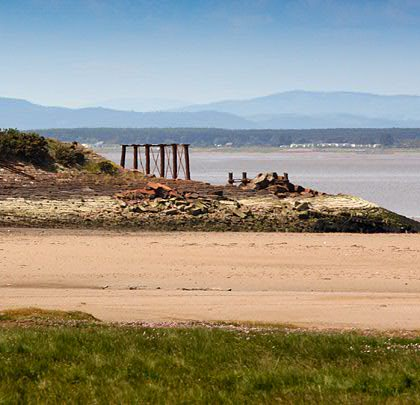
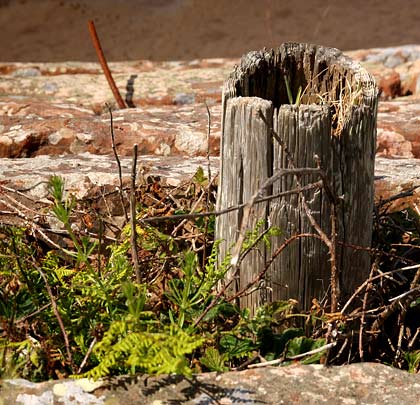
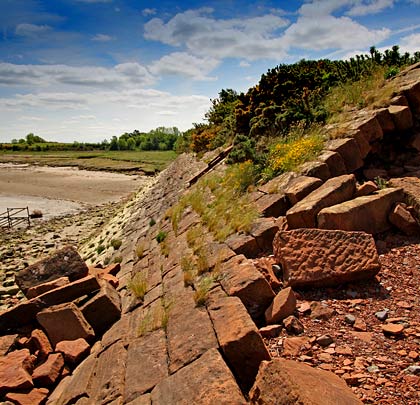
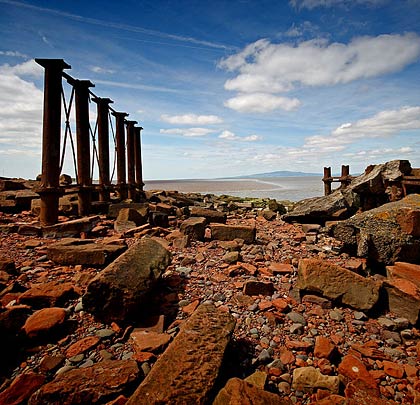
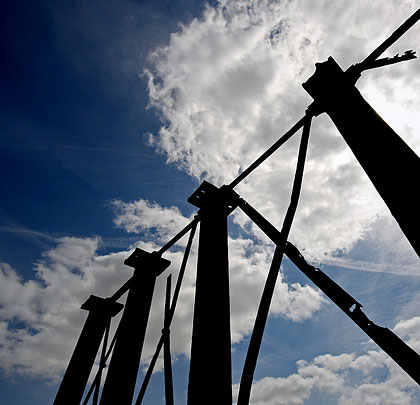
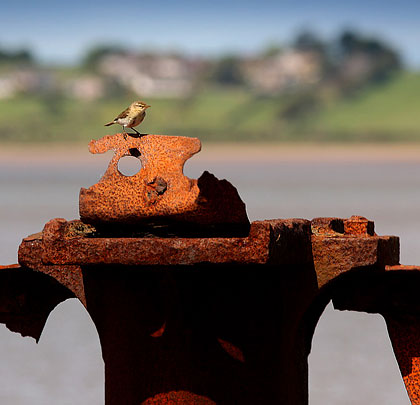
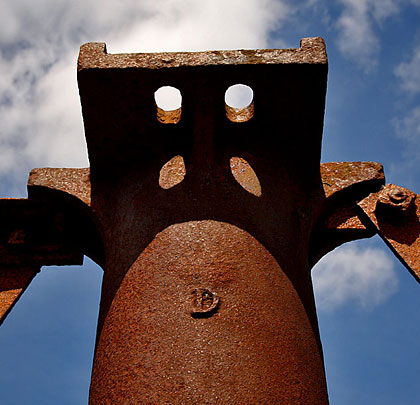
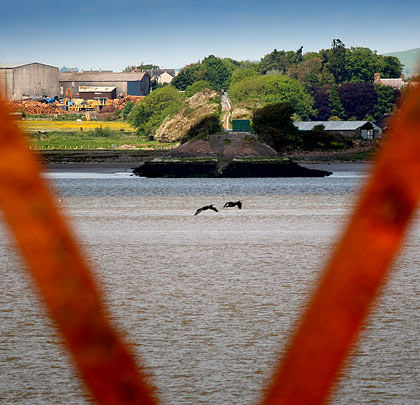
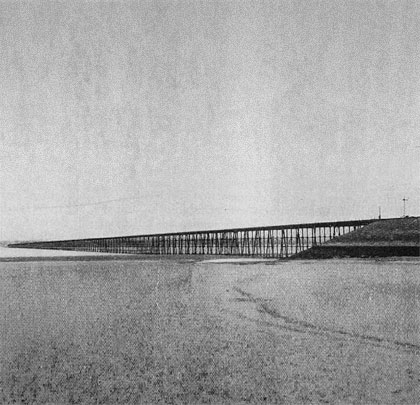









An astounding feat of engineering, the 5,790-foot viaduct across the Solway Firth was a product of designer Sir James Brunlees, working for the Solway Junction Railway. It took three years and around £100,000 to erect. The deck – in either 30ft or 40ft plate girder sections – was supported on 181 piers, most of which comprised five braced iron columns. In total, 1,224 piles had to be driven. These were each 12 inches in diameter and mostly installed from pontoons.
At the English end, a 440-yard approach embankment was built; a shorter earthwork carried trains the remaining 154 yards onto Scottish soil. Both were protected by revetments. Between them, the track was carried 34 feet above the water.
The first freight train crossed Solway Viaduct on 13th September 1869 but it was almost another year before a passenger service was introduced. In 1875, 33 of the columns had drainage holes cut into them, allowing water to escape rather than freeze inside them. Six years later, ice flows partly destroyed the structure. Following three years of repairs to 43 damaged piers, the viaduct continued to serve the railway until falling into disuse in 1921. Salvage crews arrived to demolish it in 1934, much to the annoyance of some folk on the Scottish side who used it to cross into England where alcohol was available on Sundays.
Today only the southernmost pier remains, marooned at the end of its deteriorating embankment.







